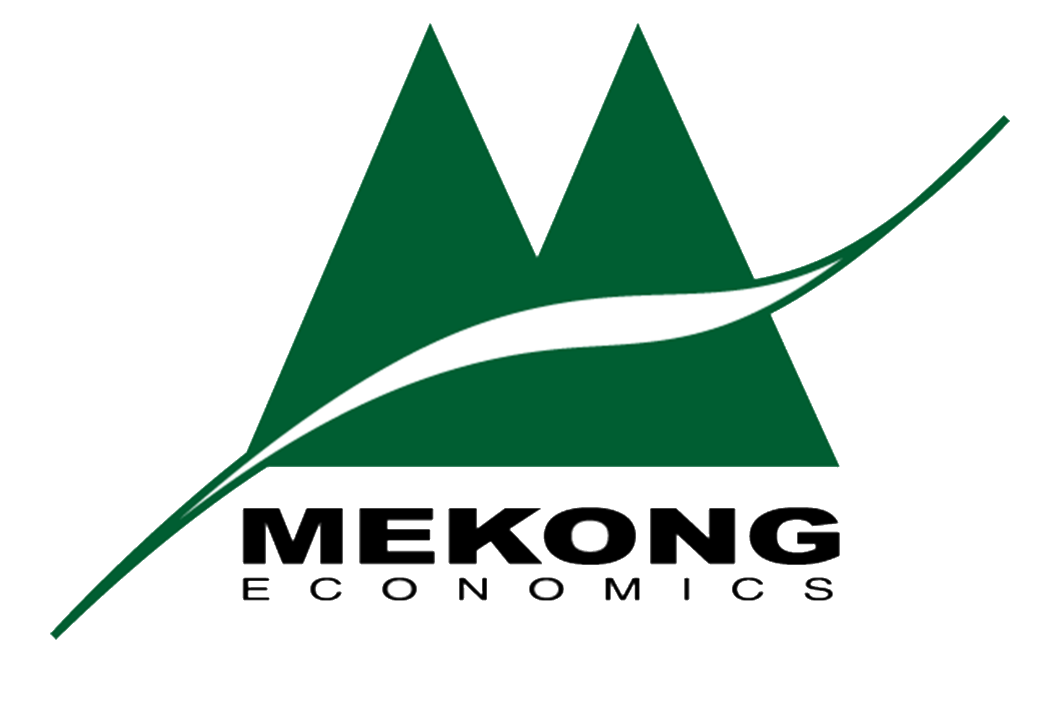Impact Investing : Speaking a Common Language is Difficult
After a busy week at the AVPN 2019 Conference, I have learnt a hard lesson: while the 1300 who came to Singapore stated a commitment to achieving social impact, the majority of them are not properly measuring it. Let’s be honest: as impact evaluators, we at Mekong Economics were expecting much more from impact investors. At least, we would have liked to see more curiosity to explore the ways to maximize and evaluate impact, rather than just talking about financial returns on investment. On the flip side, we also met many people that didn’t care about financial returns at all – they were committed to change the world at whatever cost, and willing to fund initiatives in ways that looked more like charity-giving than what we would consider a proper ‘investment’.
But why is that the case? We found that the issue lays on the divergence between the people that came to Suntec. In just one day, we shook hands with bankers in suits, more casually-dressed philanthropists and entrepreneurs in jeans. While this diversity aims to break boundaries across sectors and facilitate collaboration, all of these actors were speaking a different language. In one conference hall you could listen to a philanthropist talking about impact in terms of the number of lives he changed in 2018, and in the other room, you had impact investors and asset managers talking about impact in terms of the financial returns achieved by the social enterprises they supported.
Impact is indeed, a very dangerous word: it is very vague, and for this reason it can be molded to one’s priorities and objectives. Is a social enterprise ‘impactful enough’ if it can scale its model and make a profit? Is a philanthropic fund achieving ‘enough impact’ if its project associates can take a picture of some children smiling in front of their newly-built school? Or is an NGO implementing an education program in a rural village somewhere in the world ‘impactful enough’ if it can show that more kids passed the national exam and got accepted into University?
Business-people and entrepreneurs found their common language in financial statements; profit is the widely recognized measure of success in the private sector. The problem arises when public sector, NGOs and philanthropists enter the room; for them, making a profit doesn’t necessarily mean achieving success. Donors are used to extend what is called ‘concessional credit’ – money given at zero or quasi-zero interest rates – just for the sake of implementing that project that someone believes will change the world. At the same time, this mindset leads to many failures, and many times results in projects that go against the definition of sustainability – which is, that a solution lasts[1].
For us, impact evaluation is about identifying the counterfactual. Very simply put, we strive to identify ‘who’ and ‘what’ is behind a social result. We find – and then strip away – all the other possible causes that could have brought that initiative to achieve that social outcome, to see if the outcome is still there. If it is, then we know – with a certain level of certainty – that withoutthe initiative that change wouldn’t have happened in the first place. There are many different ways of measuring a counterfactual, and we are pushing to create and teach a ‘common language’ at AVPN; one that is made of indicators that are understandable, flexible and efficient, but that doesn’t sacrifice a level rigor. The Impact Management Project and IRIS+ are good examples of these efforts, and we should continue to push in this direction – thinking not only as investors, but also as enterprises[2].
However, a language doesn’t exist until a community uses it. Before his keynote speech at Day 1 of the conference, Group Chairman of Standard Chartered Bank José Viñals took off his tie as a symbolic gesture to get ‘closer’ to the audience. It was certainly nice, but I would argue that it is just the beginning of what is needed to breaking boundaries between the worlds of bankers and philanthropists. On one side, bankers will never get closer to sustainability if they don’t start listening, understanding and speaking the language of philanthropists, donors and NGOs. On the other side, NGOs, donors and philanthropists will never be able to achieve scalable and sustainable impact if they don’t listen to bankers and learn from the way they think.
[1]David Damberger, an engineer working in Africa, gave a very interesting TED Talk on the topic: https://www.ted.com/talks/david_damberger_what_happens_when_an_ngo_admits_failure?language=en
[2]Lean Data is a good method utilized by Acumen to help social entrepreneurs define their impact. For more information, please have a look at their dedicated webpage: https://acumen.org/lean-data/



